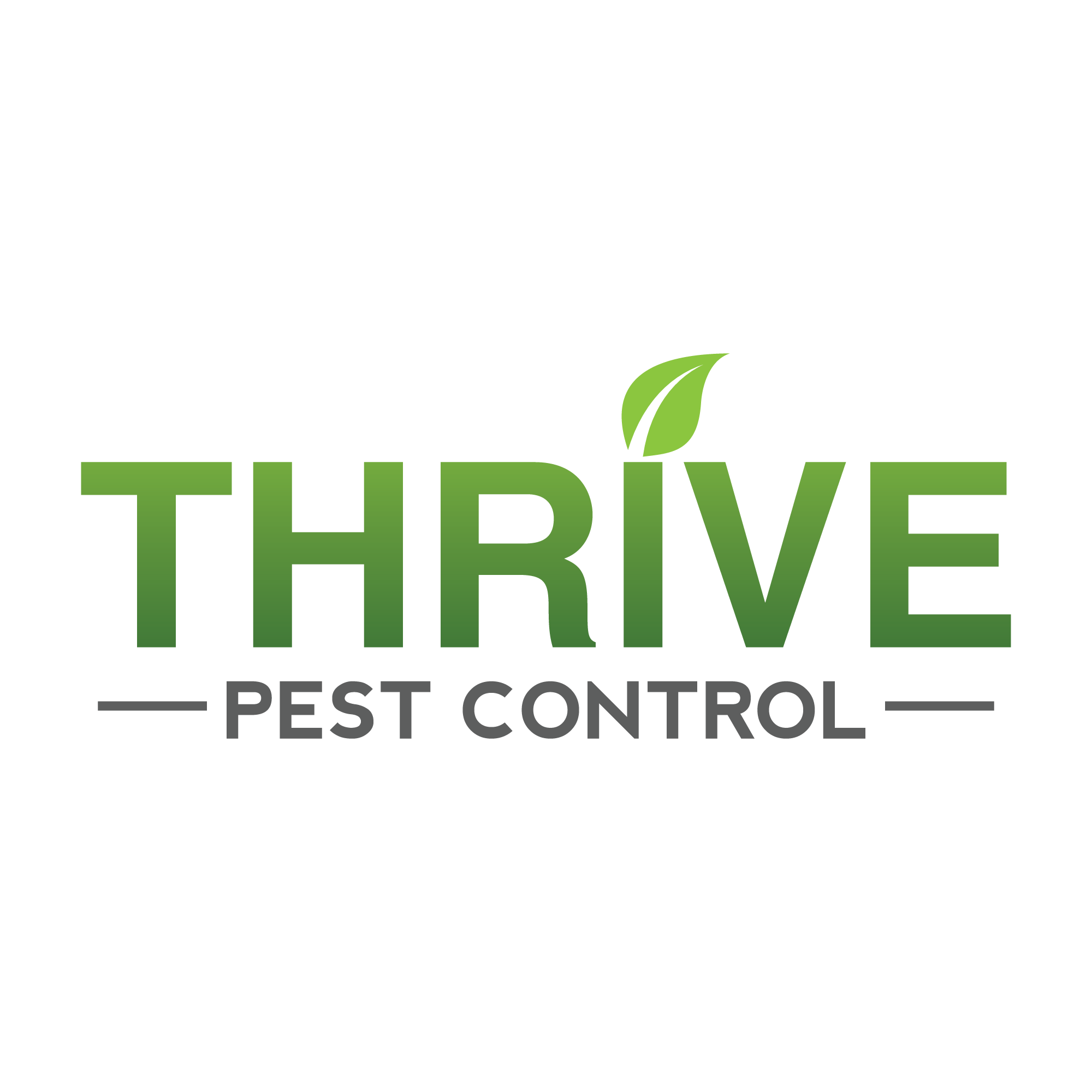Are daddy long leg spiders poisonous? — Micheil’s student essay
Are Daddy Long Leg Spiders Poisonous?
To begin, we have to note that there are in fact two separate creatures that are commonly called “daddy long legs”! The first being opilionids arachnids, which has a pill-shaped body and 8 long legs, but not a “true” spider, and the second being a variety of pholcids, which have small bodies and long legs resembling opilionids, but are considered “true” spiders.
The opilionids, or “true” daddy long legs, while similar in structure to spiders, do not spin webs like most spiders, and are often found in dark, moist environments, such as under logs or rocks, and eat a variety of decomposing vegetable and animal matter.
However, to answer if “true” daddy long legs are poisonous, according to studies done at the University of California, these opilionids not only lack fangs, but they also lack venom making glands, making it impossible for these creatures to be poisonous in the first place! So as we can see, the “true” daddy long leg creature is not poisonous to any creature, big or small.

Now, since we are looking at two different creatures, it’s only fair to discuss the Pholcids. The pholcids, or daddy long leg “spiders”, are technically a kind of venomous spider. However, while these spiders don’t naturally bite people, they share fang structure with the brown recluse spider, so they could theoretically penetrate a person’s skin. However, while these pholcids have a proper fang structure, do we know if their fangs are even large enough to be a worry to humans?
These spiders have “short fangs” (called “uncate” fangs), like the brown recluse spider, but as we know from documented experiences, brown recluse spiders are known to be able to penetrate human skin, so it is safe to assume that daddy long leg “spiders” have fangs capable of penetrating human skin.

This creature is most likely the daddy long legs that people refer to when wondering if they are poisonous. Now the big question is if they are poisonous to humans. Interestingly, it wasn’t until relatively recently that we did any research into whether or not this species of pholcid is poisonous, the main reason being that we have not had any reason to, as they very rarely attempt to bite humans. On top of that, due to a variety of regulations from Amnesty International and different codes of ethics, there have been no reasons to milk the venom from these pholcids and do toxicological studies to test the lethality of the pholcid venom on mammals such as mice.
It wasn’t until 2004 that we found out. In a Mythbusters episode, the show’s two hosts, Adam Savage and Jamie Hyneman conducted experiments to see if they were harmful to humans. It took some coaxing, but Adam Savage, one of the co-hosts of the show, was able to coax the pholcid into biting his finger, resulting in what he described as a “mild burning sensation” that only lasted a few seconds. So while, in extremely rare cases, these spiders may bite a person, they are not poisonous enough to do any lasting harm to a person, aside from some mild discomfort for a few seconds.
Conclusion: neither kind of daddy long legs are poisonous to humans, and at most are capable of creating a mild discomfort to those bitten by the pholcid daddy long legs.
Author: Micheil Johnston
Concordia University Saint Paul

Student Scholarships
Every year Thrive Pest Control hosts an essay contest and the reward is a 1-year scholarship at a 4-year university in the United States. This blog post is one of those scholarships.

Which spiders in the U.S. are venomous? — Gabriela’s Student Essay
Which Spiders in The U.S Are Venomous? There are three popular and known poisonous spiders in the United States – the black widow, the hobo,

Signs of raccoons terrorizing your home — Denver’s student essay
Signs of Raccoons Terrorizing Your Home “What’s that scratching noise I’m hearing in my attic?” “Why are my garbage bins knocked down every morning?” “Where

Will Pest Control Get Rid of Spiders — Joe’s student essay
Will Pest Control Get Rid of Spiders? When asked if pest control gets rid of spiders most people’s immediate answer would be, “I don’t know,

Where does pest control spray in apartments — Sarahi’s student essay
Where Does Pest Control Spray In Apartments? When the situation involves bugs, rodents, and even insects, there can be a variety of places where pest

Where does pest control spray in apartments — Aidan’s student essay
Where Does Pest Control Spray In Apartments? The home exists as a place of comfort and safety. The best option for financially independent young adults

Where does pest control spray in apartments — Elsie’s student essay
Where Does Pest Control Spray In Apartments? Where does pest control spray in apartments? Does pest control spray the whole apartment complex or only the

